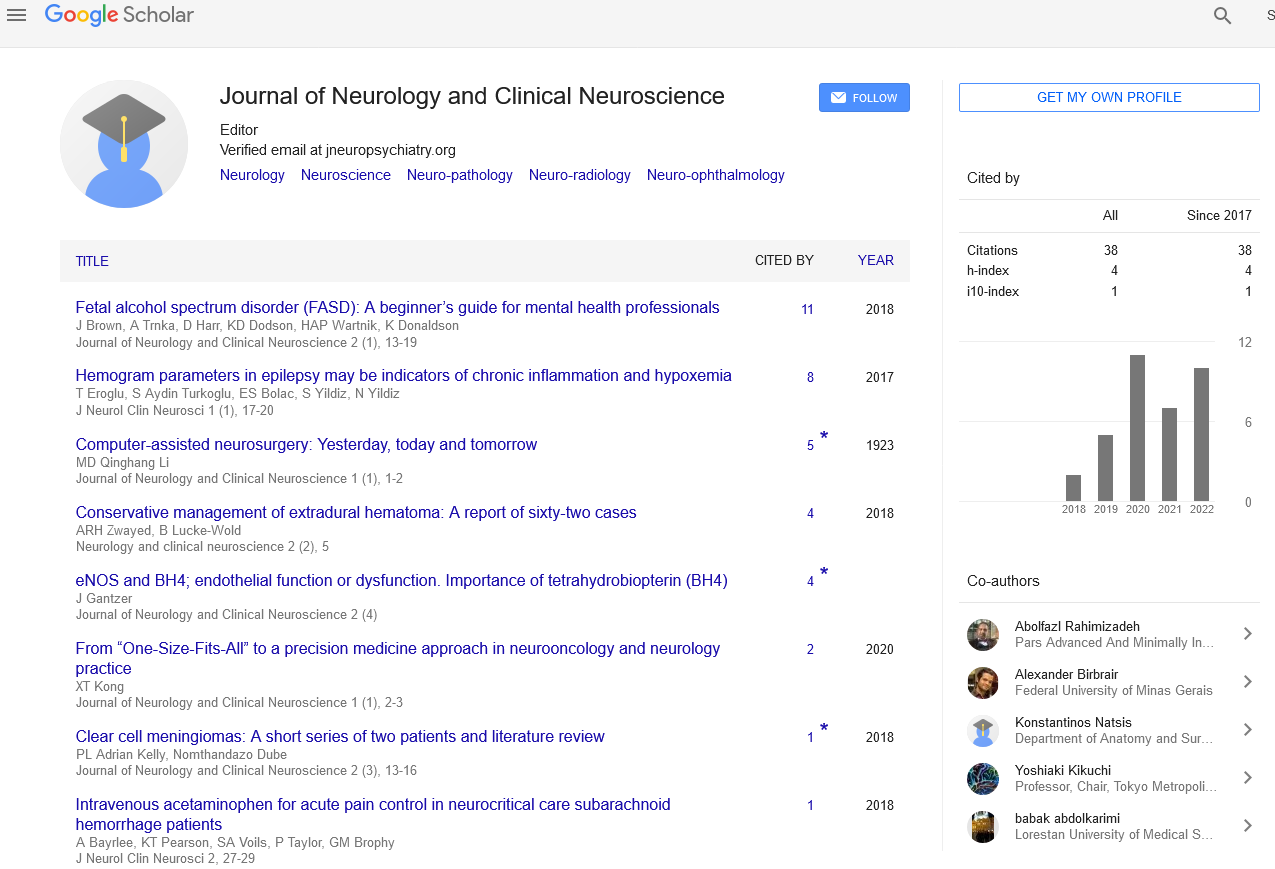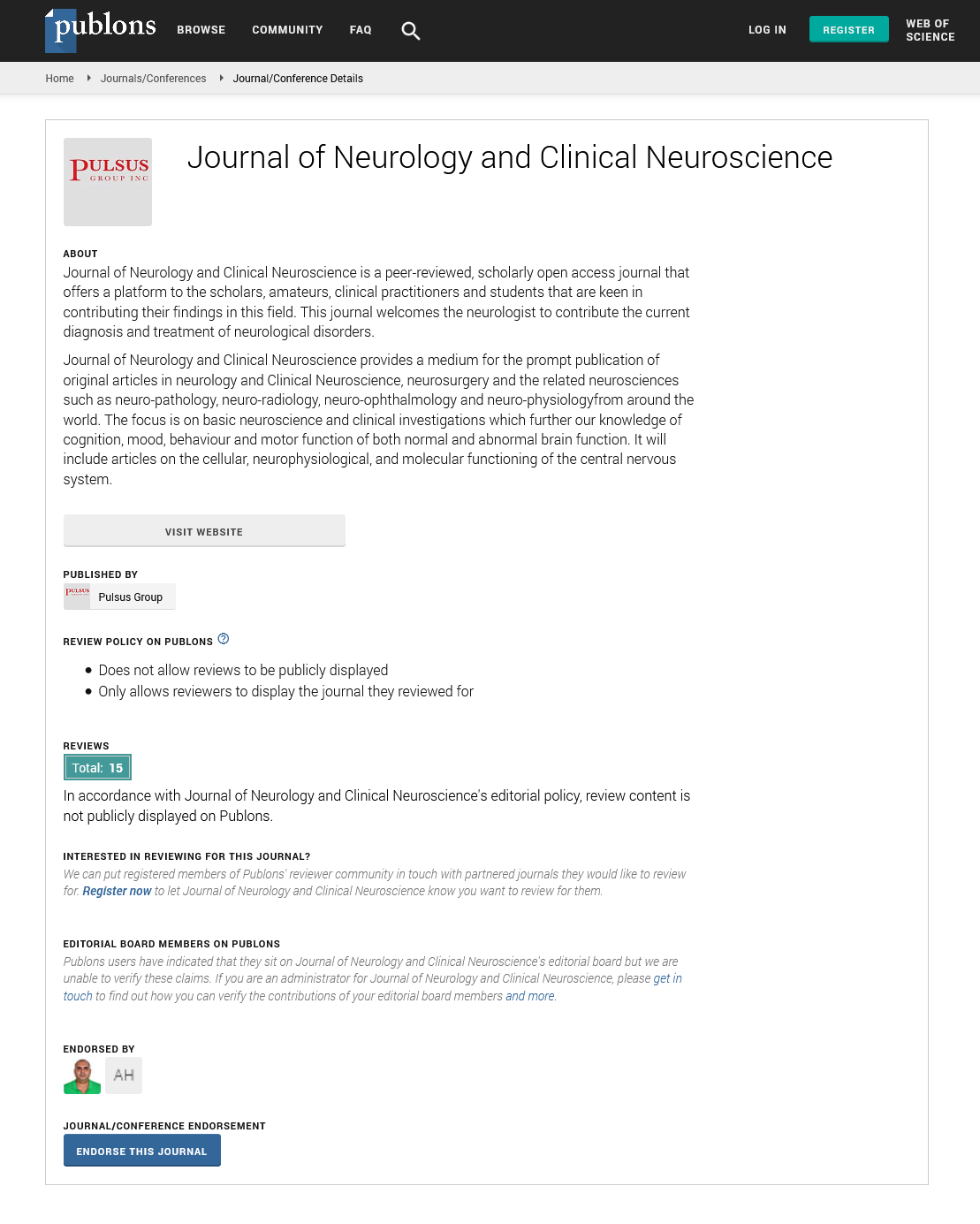Sign up for email alert when new content gets added: Sign up
Abstract
Intravenous acetaminophen for acute pain control in neurocritical care subarachnoid hemorrhage patients
Author(s): Ahmad Bayrlee*, Kathleen Thornton Pearson, Stacy A Voils, Perry Taylor and Gretchen M BrophyIntroduction: Limited data exists evaluating the effects of IV APAP for pain control in neurocritical care patients. This study evaluates differences in pain scores and the need for rescue medications in patients receiving IV APAP as compared to other analgesics in subarachnoid hemorrhage (SAH).
Methods: This retrospective study evaluated SAH patients who received analgesics within six hours after procedure. The pain score, the pain intensity difference (PID) within 0-3 hours, 3-6 hours, and within six hours of IV APAP (PID 0-6) versus other analgesics were compared. Additionally, the need for rescue medications within six hours was compared.
Results: We included 157 SAH patients. Mean (SD) pain scores for the IV APAP group (n=16) pre-dose, 0-3 hours post dose, and 3-6 hours post-dose were 2.31 (3.2), 1.25 (2.2), and 0.81 (1.2), respectively. The mean PID (0-3 hours) for patients receiving IV APAP was 1.06 compared to 0.75 for oral APAP (n=8); 0.14 for opioids (n=63); and 1.4 for butalbital/APAP/ Caffeine combination products (BAC) and other analgesics (n=66) (p=0.1). The mean PID (0-6 hours) for patients receiving IV APAP was 1.5 compared to 0.88 for oral APAP; 0.76 for opioids; and 1.95 for butalbital/APAP/ Caffeine combination products (BAC) and other analgesics (p=0.12). Rescue medications were needed in 50% of IV APAP patients as compared to 50% receiving oral APAP, 70% opioids and 75% BAC and others (p=0.08)
Conclusion: IV APAP for acute pain in neurocritical care SAH showed no statistical difference compared to other analgesics; however, there was a potential trend in better pain control up to 6 hours post dose as compared to oral APAP and opioids and less used of rescue medications as compared to opioids and BAC. Larger, prospective studies are needed to assess any proposed benefit.
Full-Text | PDF





